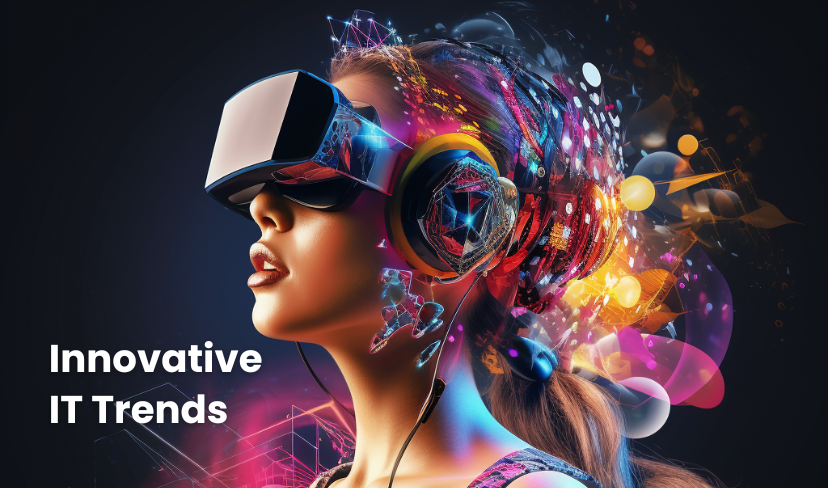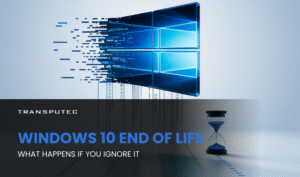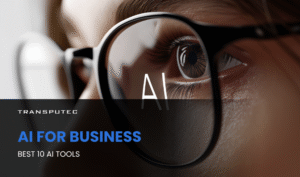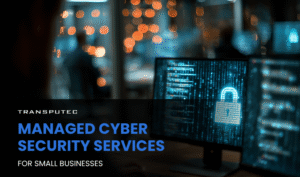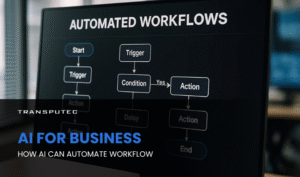“IT trends are reshaping IT services.”
What does this mean to you?
Let us find out!
Rapid progress and change are being caused by the rapid growth of technology. This rapidity influences many different aspects of our existence in addition to rising technology and technological trends. IT specialists are starting to realise that their current function will not be the same in the contactless computing environment of the future. It will be necessary for IT professionals to keep learning, unlearn, and re-learn, if not out of choice. Staying up-to-date with emerging technologies and trends is important to secure a safe job in the future. It’s crucial to keep an eye on the latest advancements and identify the necessary skills to acquire them.
In the fast-paced world of technology, staying ahead requires a keen eye on emerging IT trends. In 2024 and beyond, the business landscape will evolve rapidly, and companies that embrace these IT trends will be the ones to thrive. In this blog, we will discuss why staying current with emerging technologies and the latest technology trends is important in IT trends in 2024. We will also explore the topic and enhancement of many key services and how Transputec’s service offerings align with and enhance these IT trends.
Why IT Trends is New in Business
The world of technology is constantly evolving, and businesses need to keep up with the latest IT trends to stay ahead of the competition. The speed of innovation in the IT industry can shape the success or failure of a company. By staying informed about IT trends, businesses can anticipate changes, gain a competitive edge, and innovate their processes to meet evolving customer demands.
According to a report by McKinsey, new IT trends are reshaping IT and business, accelerating granularity, speed, and scale. The emergence of cloud and 5G exponentially increases compute power and network speeds, enabling greater innovation. Developments in AR/VR open the doors to virtual R&D, immersive learning, and new products. Businesses must adapt to these technology trends in the next 3-5 years. Technology’s increasing power pushes innovation to expert networks at the edges of the company. New technologies also create more data and touchpoints with customers, requiring a broader understanding of security responsibilities.
Just like the IT industry other industries are no exception, and staying current with emerging technologies and the latest technology trends is essential for businesses to innovate and grow. By keeping up with the latest IT trends, businesses can gain a competitive edge, improve efficiency, and reduce costs.
Why IT Trends is Important
IT trends in 2024 and beyond mean keeping your eyes on the future to know which skills you’ll need to know to secure a safe job tomorrow and even learn how to get there. Identifying business IT trends is crucial for businesses to remain relevant. However, IT trends can change rapidly, especially within certain industries, making it a challenging task to keep up with them. It is essential to stay up-to-date with the latest developments and technologies in your field to ensure that your skills and knowledge are relevant and in demand. Therefore, it is vital to devote some of your marketing efforts to leveraging these IT trends. By doing so, you can stay current and take advantage of emerging opportunities in your industry.
Here are the top IT Trends that will rise by 2024. Keep up with these trends to increase your knowledge and chances of landing one of the new jobs they will create.
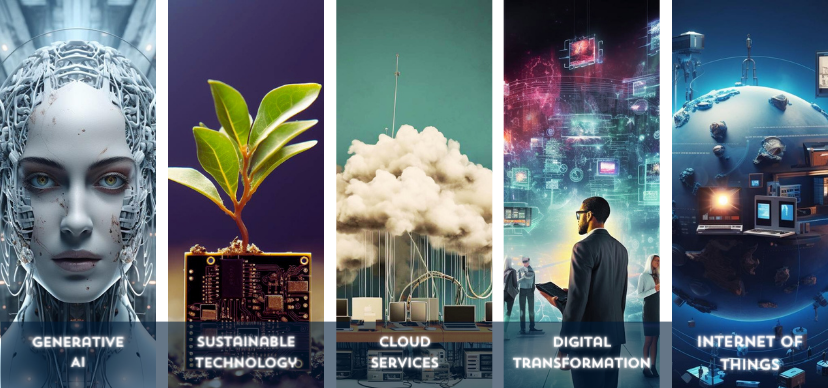
Generative AI
Generative AI is one of the most exciting emerging technologies in the IT industry. Forbes predicts that 2024 will be the year when organisations practically apply AI in their processes and practices. Generative AI is one of the top rising technological trends for 2024. Advances in generative AI have revolutionised the way we process information. Recent developments in generative AI have led to the creation of several systems that are capable of accepting natural language inputs. These systems are chatbots such as ChatGPT, Copilot, Bard, and LLaMA, as well as text-to-image AI art systems.
Sustainable Technology
Sustainable technology is another emerging trend in the IT industry. It involves using technology to create sustainable solutions that reduce waste and promote environmental sustainability. The main aim of sustainable technology is to reduce environmental and ecological risks while creating sustainable products.
As per the guidelines issued by the UK government, meeting point 12 of the Technology Code of Practice requires the inclusion of plans to promote sustainability in technology projects or programs. These plans should align with the outcomes outlined in the Greening Government ICT and Digital Services Strategy. It is recommended that government departments have a designated digital sustainability lead to support them.
Cloud Services
Cloud services have been around for a while, but they are still an important trend in the IT industry. It refers to a wide range of services that are delivered on demand to companies and customers over the Internet. These services are designed to provide easy, affordable access to applications and resources, without the need for internal infrastructure or hardware.
Cloud services offer several benefits, including scalability, flexibility, and cost savings. They allow businesses to quickly scale up or down their computing resources based on demand, without having to invest in expensive hardware.
Digital Transformation
Digital transformation is the process of using digital technologies to transform business operations and create new business models. It involves using technology to automate processes, improve customer experiences, and create new revenue streams. By embracing digital transformation, businesses can stay ahead of the curve and create new growth opportunities.
Internet of Things
The Internet of Things (IoT) is a network of connected devices that can communicate with each other and exchange data. It is an emerging trend in the IT industry that has the potential to transform the way we live and work. By using IoT, businesses can create new products and services that are more efficient, more convenient, and more personalised.
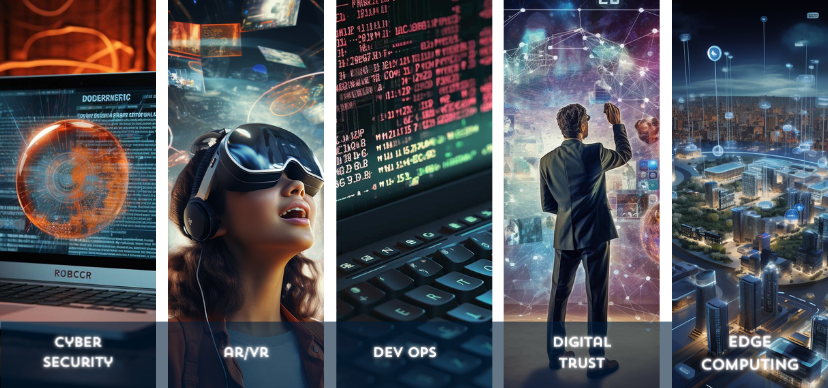
Cybersecurity
Cybersecurity refers to the practice of protecting electronic devices, networks, and sensitive information from unauthorised access, theft, or damage. It aims to safeguard individuals’ and organisations’ systems, applications, computing devices, sensitive data, and financial assets against a wide range of cyber threats, including computer viruses, ransomware attacks, and more. Cybersecurity is critical in today’s world, where cyberattacks can disrupt, damage, or destroy businesses. Cybersecurity strategies leverage advanced analytics, artificial intelligence, and automation to fight cyber threats more effectively and minimise the impact of cyberattacks when they occur.
AR/VR
Augmented Reality (AR) and Virtual Reality (VR) are immersive technologies that enable users to experience digitally rendered content in both physical and virtual space. Virtual reality is a simulated environment created using computer technology. People can experience virtual reality wearing headsets that provide a wide field of view. Designers, visual and sound artists, engineers, and programmers combine their knowledge and skills to create immersive environments. They make people believe they have visited another world. Augmented reality, on the other hand, is used when it is necessary to extend the real environment with “augmentations”: 3D or 2D virtual objects, buttons, and sound. Visual objects often need a marker or real plane surface to be added on – a tabletop, floor and so on.
Dev Ops
DevOps is a compound of development (Dev) and operations (Ops), which unifies people, processes, and technology to continually provide value to customers. DevOps enables formerly siloed roles—development, IT operations, quality engineering, and security—to coordinate and collaborate to produce better, more reliable products. By adopting a DevOps culture along with DevOps practices and tools, teams gain the ability to better respond to customer needs, increase confidence in the applications they build, and achieve business goals faster. DevOps influences the application lifecycle throughout its plan, development, delivery, and operation phases.
Digital Trust
Digital trust is the confidence that customers have in an organisation to safeguard their data, implement effective cybersecurity measures, offer reliable AI-powered products and services, and provide clarity around AI and data usage. Establishing digital trust is essential for businesses as it not only meets customer expectations but also fuels growth.
Edge Computing
Edge computing is a distributed computing paradigm that brings computation and data storage closer to the location where it is needed, to improve response times and save bandwidth. It is an architecture rather than a specific technology. Edge computing is particularly useful for IoT devices, as it allows them to quickly process and act on data at the edge of the network. Many businesses offer a well-considered approach to edge computing that can keep workloads up-to-date according to predefined policies, maintain privacy, and adhere to data residency laws and regulations.
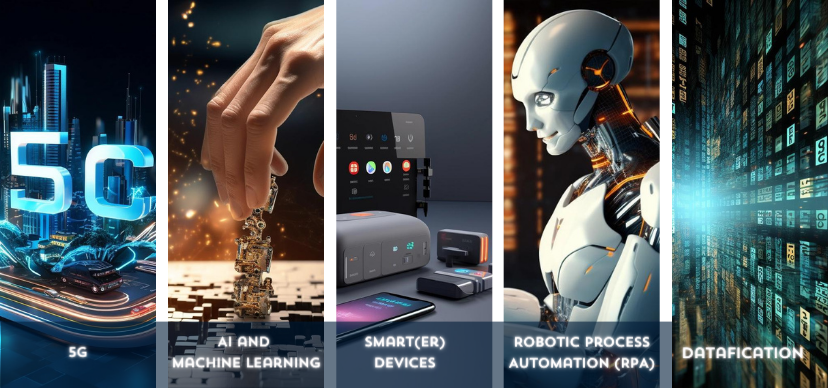
5G
5G is the next big thing in IT trends, coming after IoT. Although we can now access the internet, use data-driven services, and stream music and movies on websites like YouTube and Spotify thanks to 3G and 4G technology, 5G services are predicted to completely transform our way of life. By making cloud-based gaming services like Google Stadia and NVidia GeForce available alongside applications that rely on cutting-edge technology like AR and VR 5G is now anticipated to be utilised in smart grid control, smart retail, HD cameras that aid in traffic management and safety, and manufacturing. Nearly all telecommunications companies are now developing 5G applications, including Qualcomm, Apple, T-Mobile, Verizon, and Nokia Corp.
Just about every telecom company like Verizon, Tmobile, Apple, Nokia Corp, QualComm, are now working on creating 5G applications.
Artificial Intelligence (AI) and Machine Learning
Artificial Intelligence (AI) and Machine Learning (ML) are two IT trends and closely related concepts that are often used interchangeably. However, they differ in several ways.
- Artificial Intelligence is a broad field that refers to the use of technologies to build machines and computers that can mimic cognitive functions associated with human intelligence, such as being able to see, understand, and respond to spoken or written language, analyse data, make recommendations, and more.
- Machine Learning is a subset of AI that enables a machine or system to learn and improve from experience. Instead of explicit programming, machine learning uses algorithms to analyse large amounts of data, learn from the insights, and then make informed decisions. Machine learning algorithms improve performance over time as they are trained—and exposed to more data. Machine learning models are the output, or what the program learns from running an algorithm on training data. The more data used, the better the model will get.
Smart(er) Devices
Smart devices are electronic devices that can operate interactively and autonomously, generally connected to other devices or networks via different wireless protocols such as Bluetooth, Zigbee, near-field communication, Wi-Fi, NearLink, LiFi, or 5G. Artificial intelligence has become a crucial part of our lives, making everything smarter and more efficient. It’s not just about mimicking human behaviour, but about going beyond to simplify and streamline our daily routines. These intelligent devices are here to stay and will continue to be a major trend in the IT industry in the coming years. Data scientists are currently working on developing AI-powered home robots, appliances, work devices, wearables, and more. The demand for smarter devices is on the rise as more companies switch to digital platforms.
Robotic Process Automation (RPA)
Robotic Process Automation (RPA) is a software technology that uses automation technologies to mimic back-office tasks of human workers, such as extracting data, filling in forms, moving files, etc. RPA tools complete the autonomous execution of various activities and transactions across unrelated software systems, freeing up human resources to prioritise more complex tasks. RPA is different from Artificial Intelligence (AI) in that RPA is process-driven, whereas AI is data-driven. RPA can be used to automate repetitive tasks and improve workflows across industries and processes.
Datafication
Datafication is the process of transforming various aspects of our lives into data, which is then transferred into information and realised as a new form of value. This trend is associated with the rise of digital technologies, digitisation, and big data. Datafication is not the same as digitisation, which involves converting analogue content such as books, films, and photographs into digital information 1. Rather, datafication involves taking all aspects of life and turning them into data. Once we satisfy things, we can transform their purpose and turn the information into new forms of value. Examples of datafication include how Twitter datafiles stray thoughts or datafication of HR by LinkedIn and others.
Transputec’s Understand IT Trends
Transputec is an IT company leveraged with these IT Trends by offering a wide range of services to small and big businesses. Their seasoned consultants collaborate closely with your team to streamline processes, mitigate risks, and achieve exceptional outcomes in your IT initiatives. They also adhere to industry best practices and proven methodologies to ensure the success of your projects. Regardless of their size or industry, businesses are acknowledging that digital transformation is no longer a luxury but a necessity crucial for survival and growth. The rapid advancements in technology have redefined customer expectations, emphasising the need for companies to enhance operational efficiency, maintain agility, and deliver seamless experiences.
Transputec is committed to staying at the forefront of industry IT trends. They received the prestigious Cloud Excellence Awards Winner and PCR MSP of the Year accolades in 2023, recognising their excellence in cloud services and managed service provision.
The launch of NEO Agent, their AI initiative, marked a strategic move towards embracing cutting-edge technology to enhance their managed service offerings.
Conclusion:
In conclusion, embracing IT trends in 2024 and beyond is not just a choice; it’s a necessity for businesses aiming to thrive in the digital age. By aligning with these trends and leveraging Transputec’s services, companies can position themselves as industry leaders, ensuring a secure, efficient, and innovative future.
Ready to embark on this journey of IT Trends empowerment with Transputec by your side? Contact Transputec today to explore how our cutting-edge solutions and proactive approach can elevate your organisation’s IT landscape, ensuring a seamless blend of innovation, efficiency, and growth.
FAQs
Q1: Why is staying updated with IT trends important for businesses?
Staying updated with IT trends is crucial for businesses to anticipate changes, gain a competitive edge, and innovate their processes to meet evolving customer demands. It’s about future-proofing your business in the rapidly evolving technology landscape.
Q2: How does Transputec integrate Generative AI into its services?
Transputec integrates Generative AI to enhance efficiency in data processing, content creation, and decision-making. This innovative technology optimises various aspects of IT services to provide clients with cutting-edge solutions.
Q3: What role does Sustainability Technology play in Transputec’s services?
Sustainability Technology is a core focus at Transputec, aligning with eco-friendly practices. Our services contribute to green IT strategies, promoting a more sustainable and responsible approach to business operations.
Q4: How does Transputec ensure cybersecurity in the face of evolving threats?
Transputec’s cybersecurity services are designed to address evolving threats proactively. We identify and manage potential threats, ensuring a secure IT environment for our clients.
Q3: What role does Transputec play in IT Trends?
Transputec’s proactive approach towards IT trends can elevate your organisation’s IT landscape, ensuring a seamless blend of innovation, efficiency, and growth.
